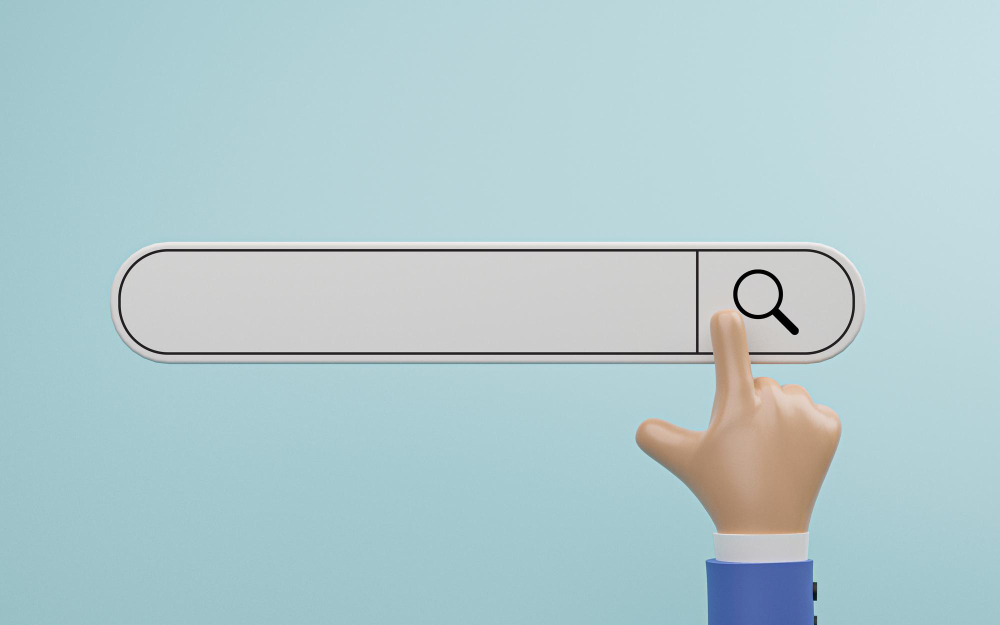
URL Structure: Best Practices for SEO-Friendly URLs
Today every organization , even large or small has a presence in the digital world. Their website addresses are flashed everywhere. The tech slang used for website address is called URL. It’s what people type into their browser to find your site.

What is an URL?
URL is an acronym for Uniform Resource Locator and is an important part of the website. A URL is the address of a given unique resource on the Web. It is also referred to as a web address.
|URL Structure|
URL structure is the anatomy of how a particular URL looks like. A URL consists of ten parts: the scheme, subdomain, top-level domain, second-level domain, subdirectory, parameter, port, path, query, and fragment. A standard URL should have at least three of them.
Example of an URL:
https://www.onetikk.org/websites
Protocol(https)--> Sub domain(www)-->Root domain(eg: onetikk)-->TLD(.org)-->Slug(websites)
|SEO-Friendly URLs|
The ultimate aim of any website is to attract prospective customers and increasing traffic to your site. URL optimization plays an important role in that. An optimized URL provides both search engines and users, a clear understanding of what your website is. It makes your business look more trustworthy and makes it easy for your audience to share them.
Best Practices for SEO-Friendly URLs
Here are some best practices for creating SEO-friendly URLs.
- Follow a Good URL Structure: Use a simple, logical, and easy to remember structure.
- Use HTTPS Protocol: Use the secure version of the HTTP protocol ie., HTTPS. HTTPS makes your website more credible.
- Include Keywords in URLs: Optimize every web page around one keyword, and this keyword should be included in the URL.
- Use Hyphens to Separate Words: Use hyphens to better user readability and search engine optimization.
- Use Lowercase Letters in URLs: Search engines can decipher from uppercase and lowercase letters in URLs, which can lead to duplicate URLs and loss of page rank.
- Eliminate Stop Words: Stop words (the, and, or, of, a, an, to, for, etc.) do not need to be in your URL. Make it shorter and more readable.
- Limit Folders in URL Structure: A URL should contain no unnecessary folders. Just use the amount of folders and characters that are needed for your URL structure.
- Use Static URLs: Static, non-changeable URLs will remain constant with each page load. Static URLs are easier for both users and search engines to read.
Conclusion
A website’s URL is considered a ranking factor. It helps both the user & bot to understand your website. Strategically use the keywords in a URL to get an idea of what the site is about. Keep in mind that changing your URL structure damages your upward momentum in the search results and your site will be more susceptible to issues like 404 errors, broken links, and lost links.